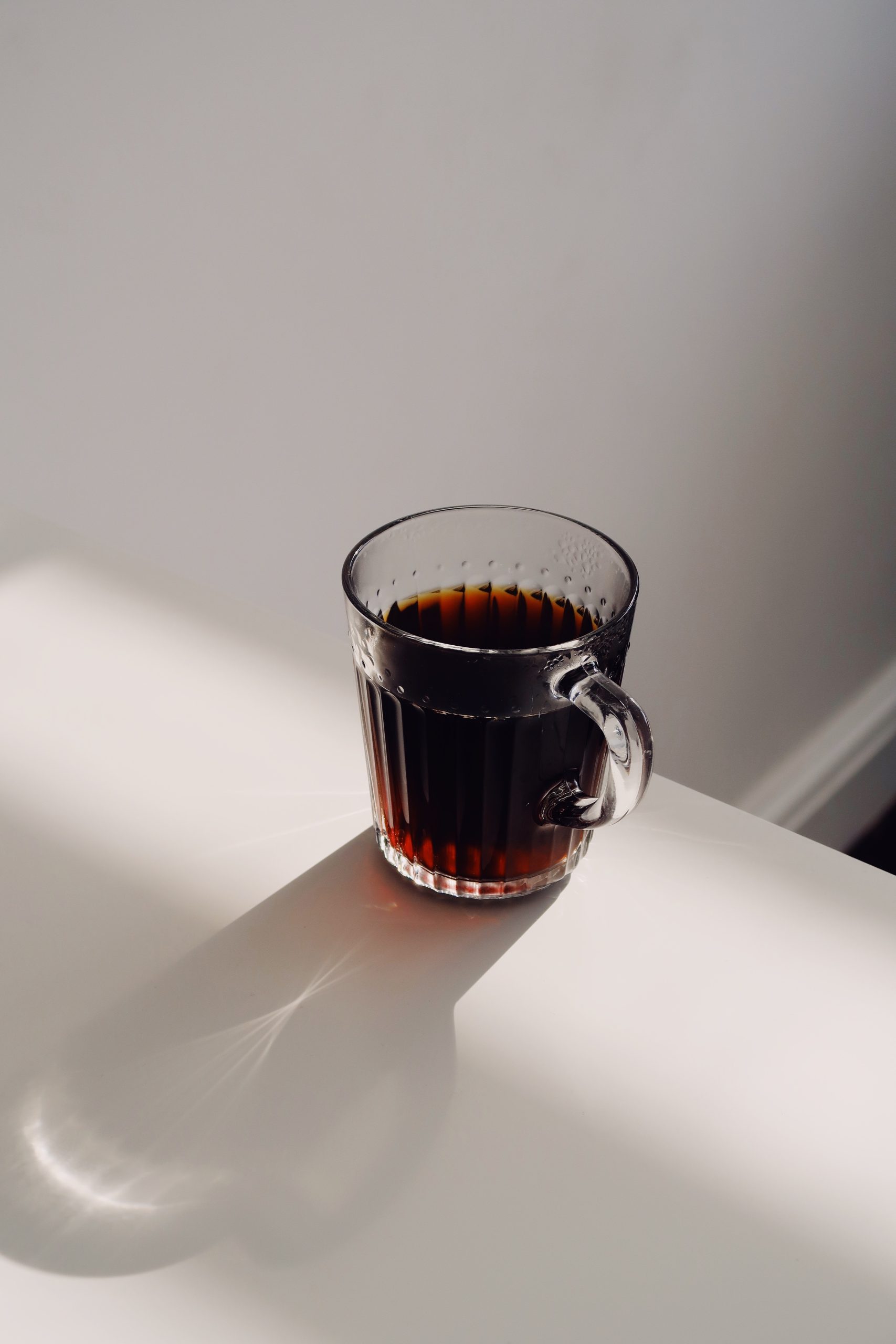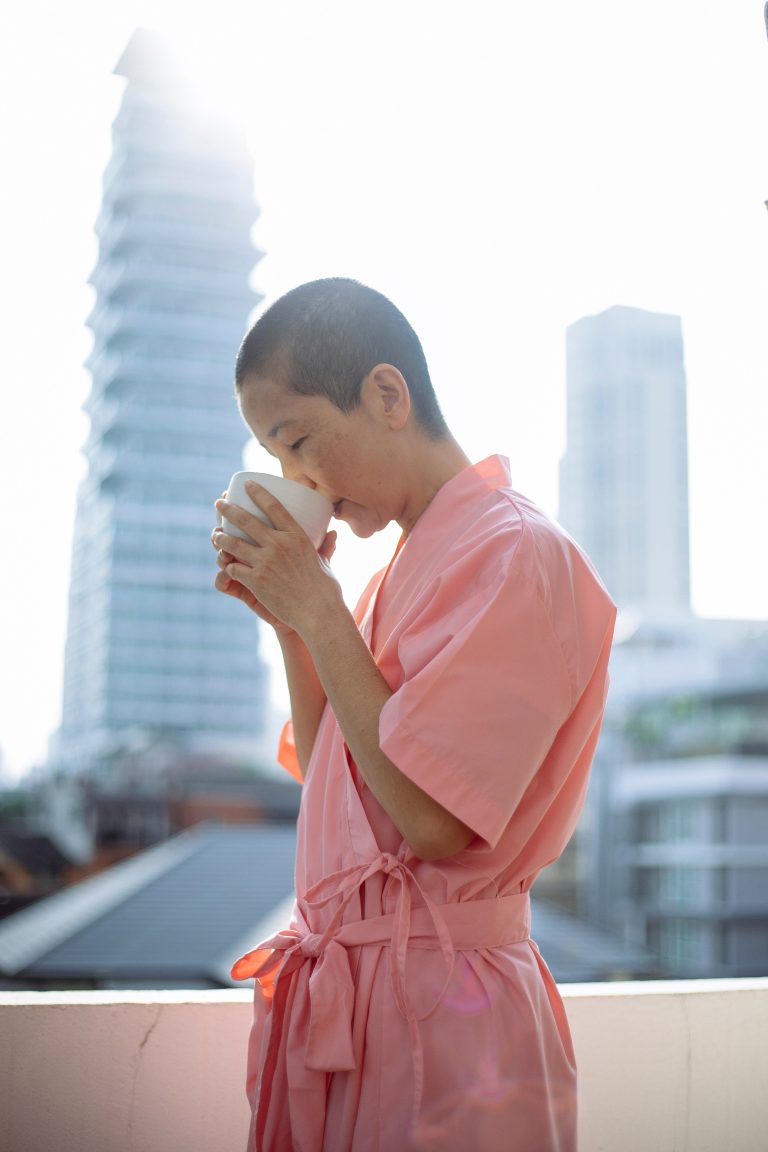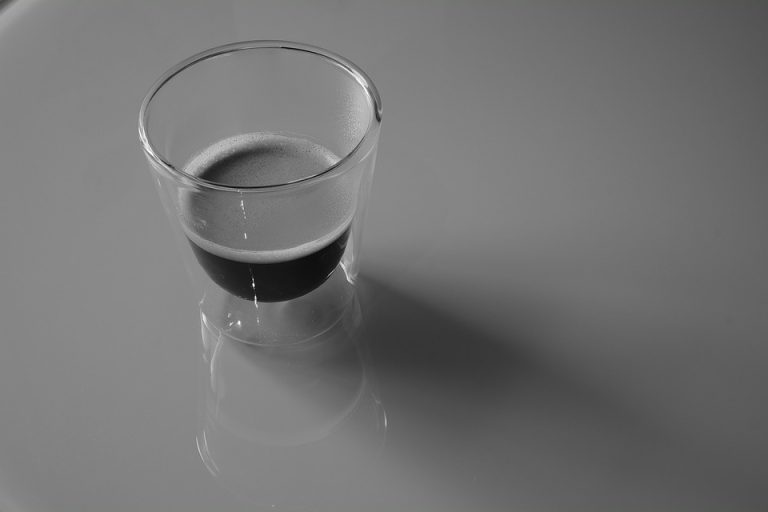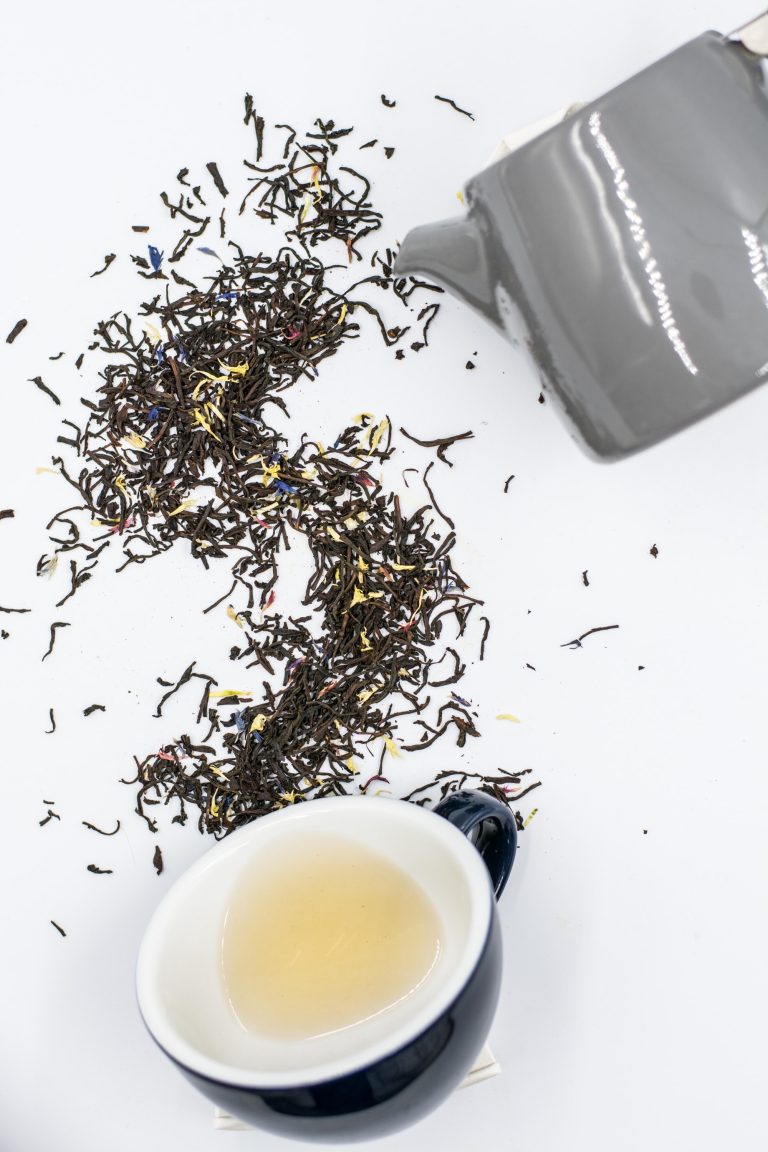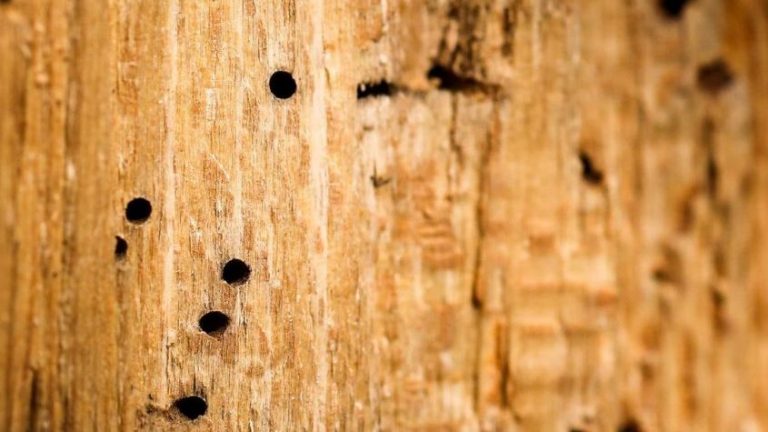Darjeeling Tea Taste
Darjeeling tea is a premium variety of tea that is grown in the Darjeeling district of West Bengal, India. It is a black tea that is known for its unique flavor and aroma, which is often described as musky, fruity, and floral.
The Darjeeling tea is grown in the Himalayan foothills, and the cool and misty climate of the region is believed to give the tea its distinct taste. The tea leaves are plucked from the Camellia sinensis plant, which is grown on the steep slopes of the Darjeeling hills. The tea leaves are then processed using traditional methods to produce the final product.
Darjeeling tea growing area
Darjeeling tea is a world-renowned tea that is grown in the Darjeeling district of West Bengal, India. It is known for its distinctive flavor and aroma, and it is considered to be one of the finest teas in the world. The Darjeeling tea growing area is situated in the foothills of the Himalayas, and it is known for its cool climate, high altitude, and fertile soil. In this article, we will explore the Darjeeling tea growing area and learn about the factors that make it a unique and special place for tea cultivation.
The Darjeeling tea growing area is located in the northeastern part of India, near the border of Nepal and Bhutan. The region is characterized by its steep hillsides, dense forests, and winding rivers. The climate in Darjeeling is influenced by its high altitude, which ranges from 600 to 2000 meters above sea level. The temperature in the region can vary from cool to mild, and the rainfall is abundant, with an average of 3000 mm per year.
The soil in the Darjeeling tea growing area is a unique blend of sand, silt, and clay, which is rich in organic matter. The soil is well-drained, and it is fed by the melting snow from the Himalayas. The combination of the high altitude, cool climate, and fertile soil creates the ideal conditions for growing tea. The tea bushes in Darjeeling are grown in terraced gardens, which are carved out of the steep hillsides. The terraces help to prevent soil erosion and provide optimal drainage for the tea bushes.
The Darjeeling tea growing area is divided into four main tea-growing regions, which are Darjeeling, Kurseong, Kalimpong, and Mirik. The Darjeeling region is the most well-known and produces the finest quality tea. The tea from this region is known for its distinctive musky flavor and aroma, which is often described as “muscatel.” The Kurseong region produces tea that is similar to Darjeeling tea, but with a slightly milder flavor. The Kalimpong and Mirik regions produce tea that is less well-known, but still of high quality.
The tea bushes in the Darjeeling tea growing area are primarily of the Chinese variety, which is known for its delicate flavor and aroma. The tea bushes are typically planted in April and May, and the tea leaves are harvested in June and July. The first flush, which is harvested in March and April, is considered to be the finest quality tea. The second flush, which is harvested in June and July, is also of high quality, but with a slightly different flavor.
The tea leaves from the Darjeeling tea growing area are hand-picked, which is a labor-intensive process. The tea pickers carefully select the top two leaves and a bud from each tea bush. The tea leaves are then processed using traditional methods, which involve withering, rolling, and oxidation. The tea leaves are then fired to stop the oxidation process, which preserves their flavor and aroma.
The Taste of Darjeeling Tea
Darjeeling tea has a delicate, floral flavor that is unlike any other tea. It is known for its light and refreshing taste, with hints of fruit and a slightly astringent finish. The flavor of Darjeeling tea varies depending on the time of year it is harvested. The first flush, which is harvested in the spring, has a light and floral taste with a hint of astringency. The second flush, which is harvested in the summer, has a stronger, more robust flavor with a musky sweetness.
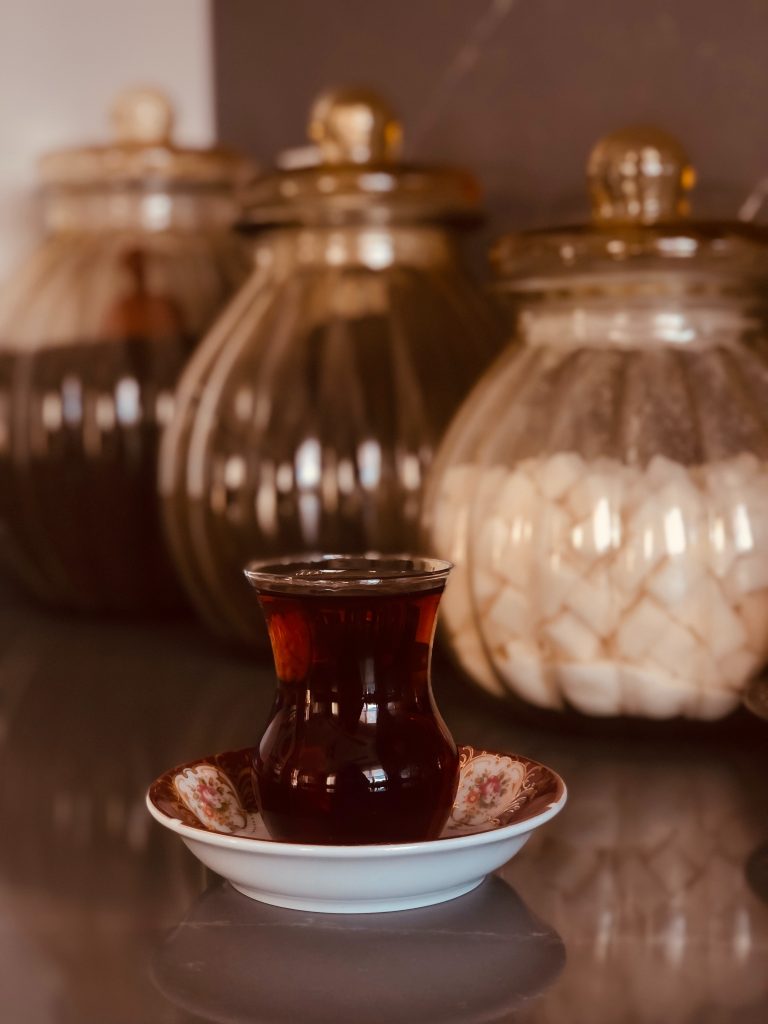
The color of Darjeeling tea ranges from light yellow to golden amber, depending on the variety and steeping time. The tea has a light, silky texture and a clean finish that makes it an ideal choice for those who enjoy a lighter tea.
Darjeeling tea is often compared to champagne because of its unique flavor and the fact that it is only produced in a specific region. The tea is highly sought after by tea enthusiasts around the world, and it has become a symbol of luxury and quality.
What Makes Darjeeling Tea So Unique?
Darjeeling tea is unique because of the specific climate and soil conditions in the region where it is grown. The high-altitude region of Darjeeling has a cool and moist climate that is ideal for growing tea. The soil in this region is rich in minerals and nutrients, which gives the tea its distinct flavor and character.
The Camellia sinensis plant that is used to make Darjeeling tea is grown at an altitude of 3,000 to 7,000 feet above sea level. The high altitude and cool climate slow down the growth of the tea leaves, which results in a more delicate flavor. The tea leaves are also exposed to the mist and fog that rolls in from the nearby Himalayan mountains, which adds to the unique flavor of the tea.
The Darjeeling tea industry is highly regulated to ensure that only tea grown in the Darjeeling district can be called Darjeeling tea. This protects the integrity of the tea and ensures that consumers are getting a high-quality product.
How to Brew Darjeeling Tea
Brewing Darjeeling tea is a simple process, but it requires a little bit of care to bring out the best flavors. Here’s how to brew Darjeeling tea:
- Start with fresh, cold water: The quality of the water you use can affect the taste of the tea. Use fresh, cold water that has not been previously boiled.
- Heat the water: Heat the water to just below boiling point (195-205°F).
- Measure the tea: Use one teaspoon of loose tea or one tea bag per cup of water.
- Steep the tea: Steep the tea for 2-3 minutes for the first flush and 3-4 minutes for the second flush. Be careful not to oversteep the tea, as this can result in a bitter taste.
- Strain and serve: Remove the tea leaves or tea bag and pour the tea into a cup. Darjeeling tea is often enjoyed plain, but you can also add a little bit of milk or sugar if you prefer.

